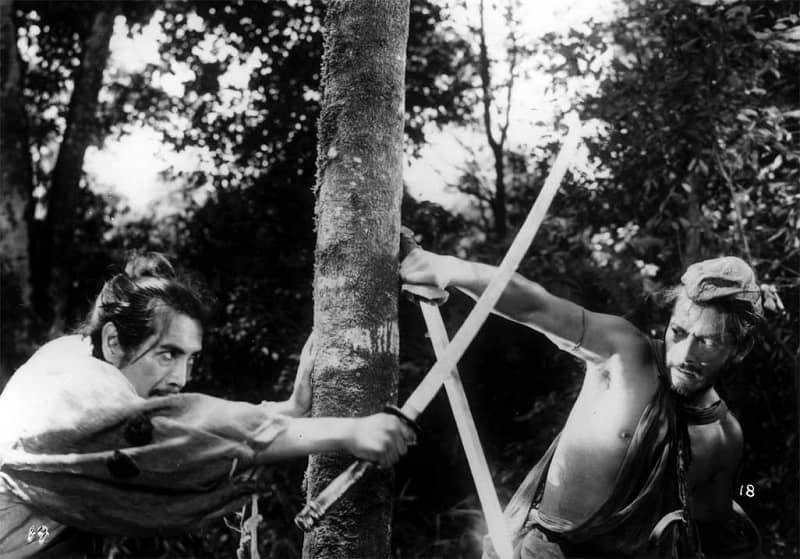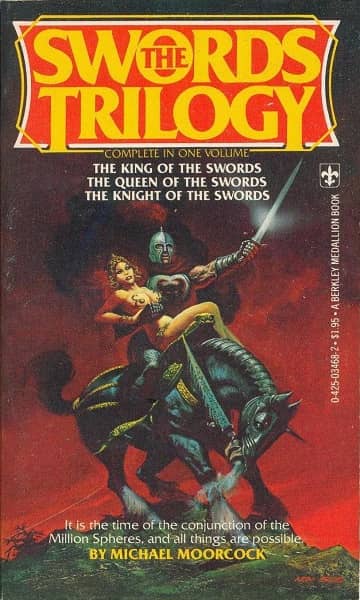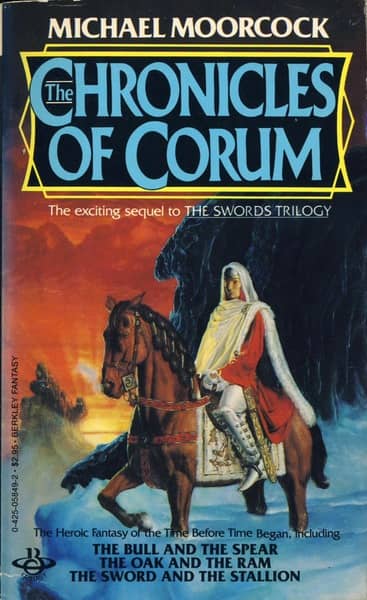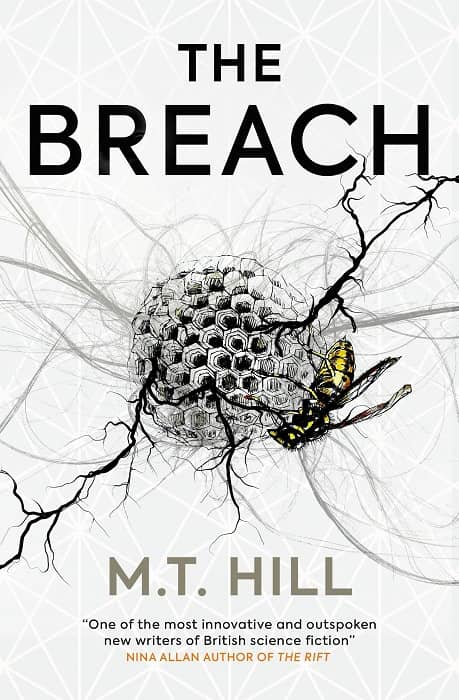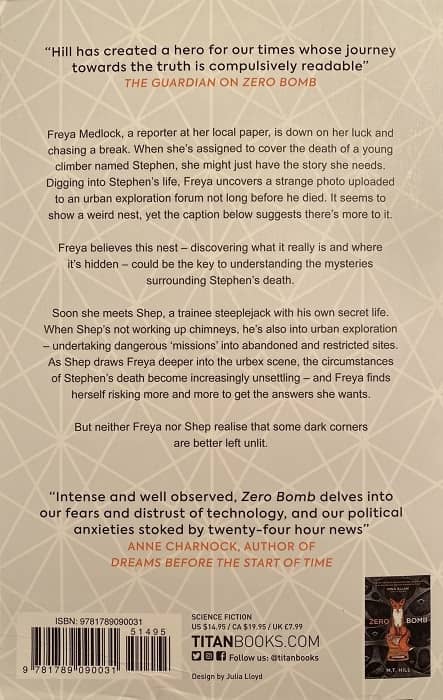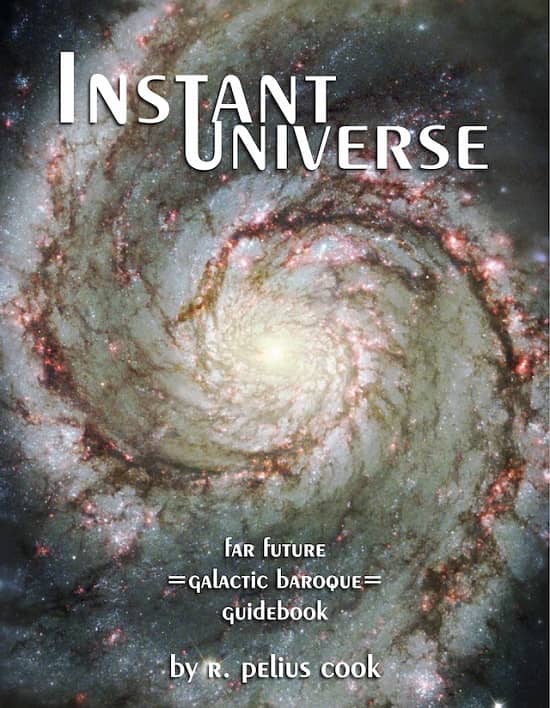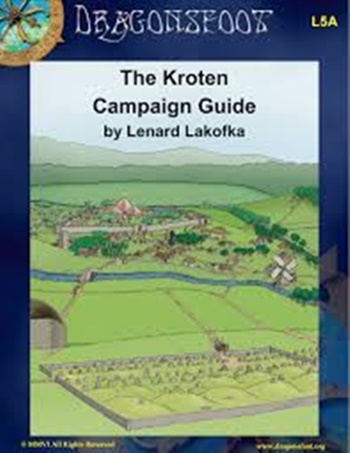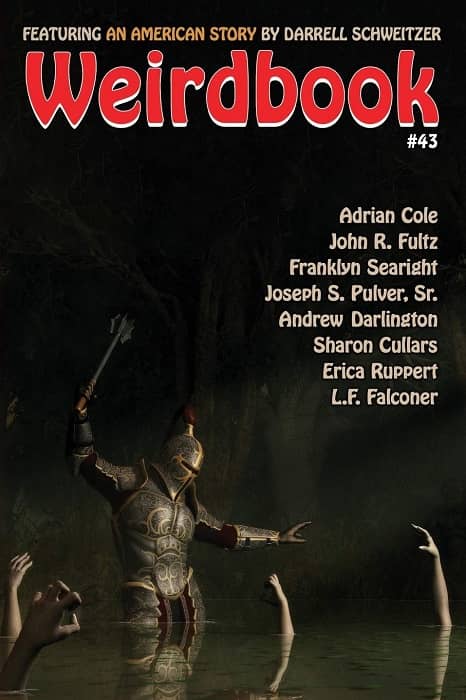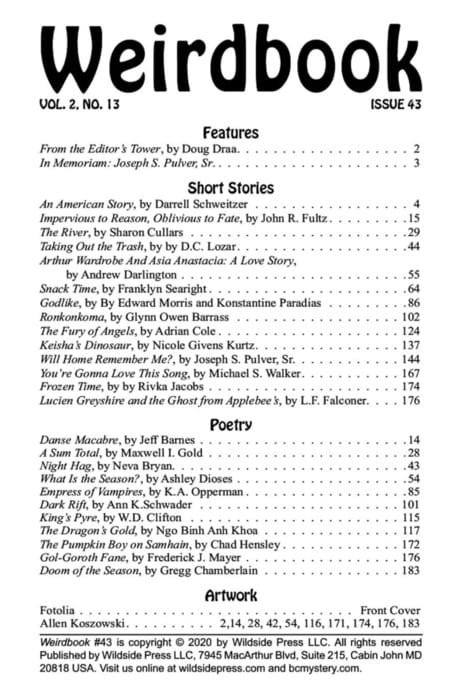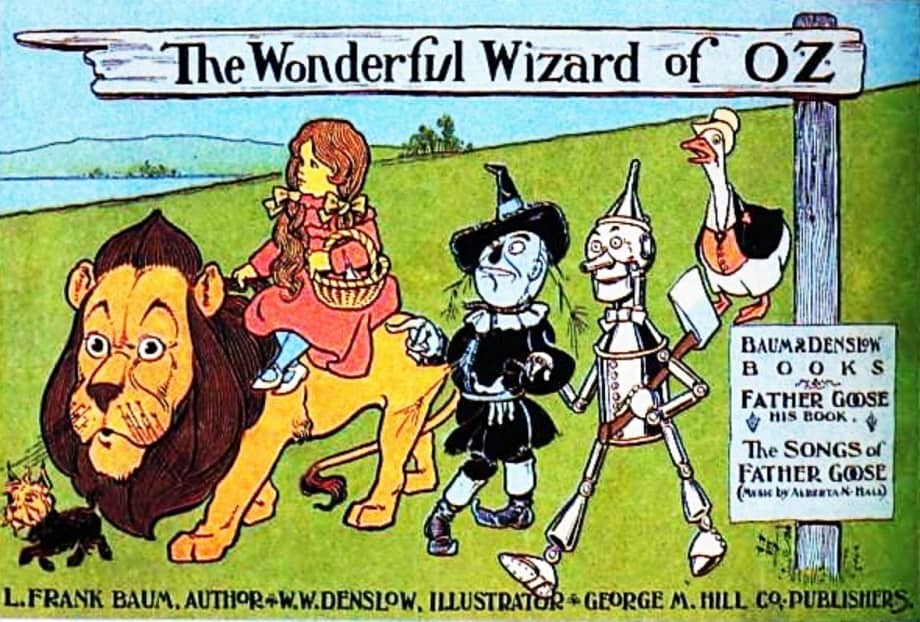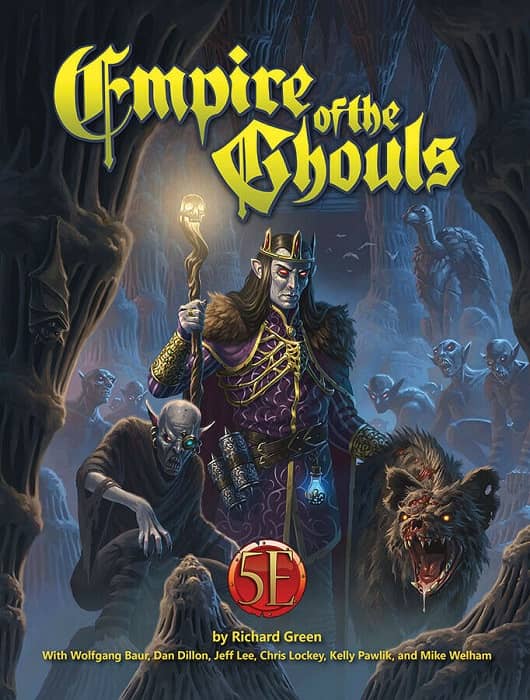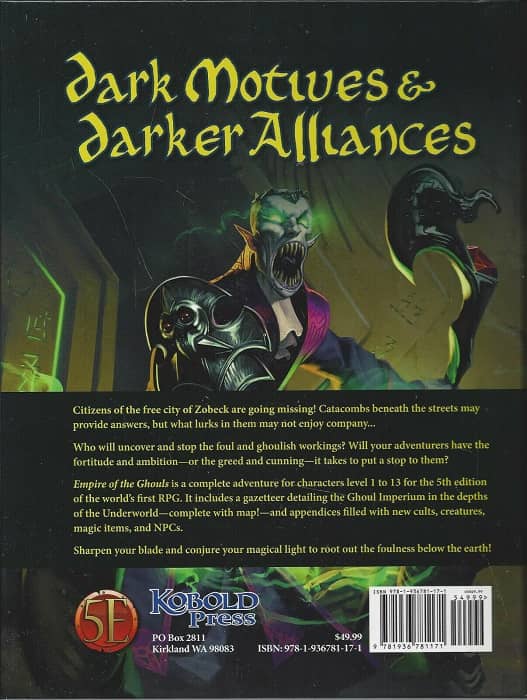Ellsworth’s Cinema of Swords: Eleven Samurai: Early Chambara Classics
As the Japanese economy recovered from the disaster of World War II, its film industry rebounded as well, though under the American occupation the kinds of films that could be made were strictly limited. Censorship on themes of nationalism and warfare was in force until 1952, but once the ban was lifted the industry returned to the popular genre of historical dramas, making some of the finest films ever produced in Japan.
Rashomon
Rating: *****
Origin: Japan, 1950
Director: Akira Kurosawa
Source: Criterion Collection DVD
Although this is director Akira Kurosawa’s first samurai film, it arguably doesn’t belong in the Cinema of Swords as it’s not really a chambara — a swordplay movie — but rather a historical crime tale. You probably have a general idea of what it’s about even if you’ve never seen it, as its title has come to stand for the principle of the unreliable narrator, the same story told differently from several different viewpoints. In this case it’s the history of a crime, a rape and a murder in a lonely grove on a remote wooded mountain. The tale is told from four different points of view, and the viewer is left to tease out the truth for themselves.
